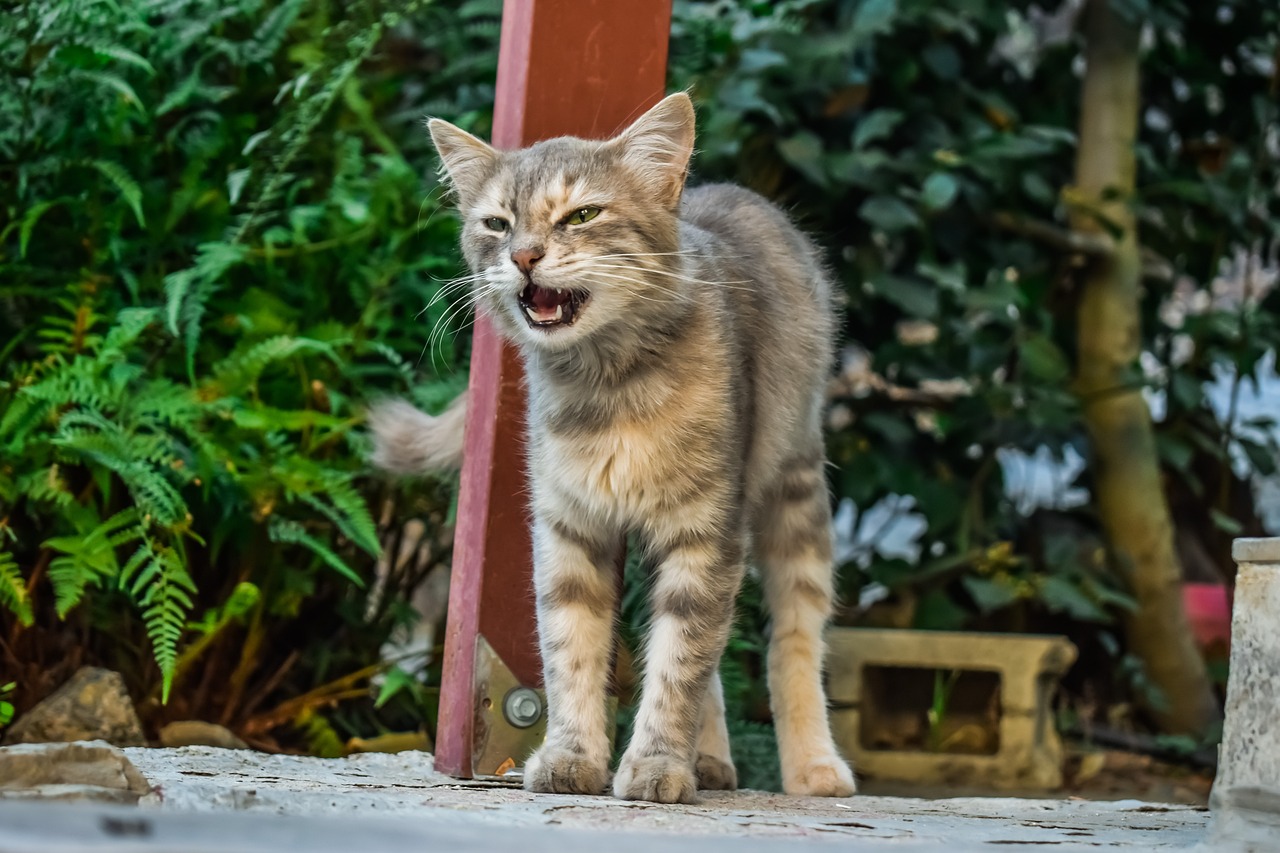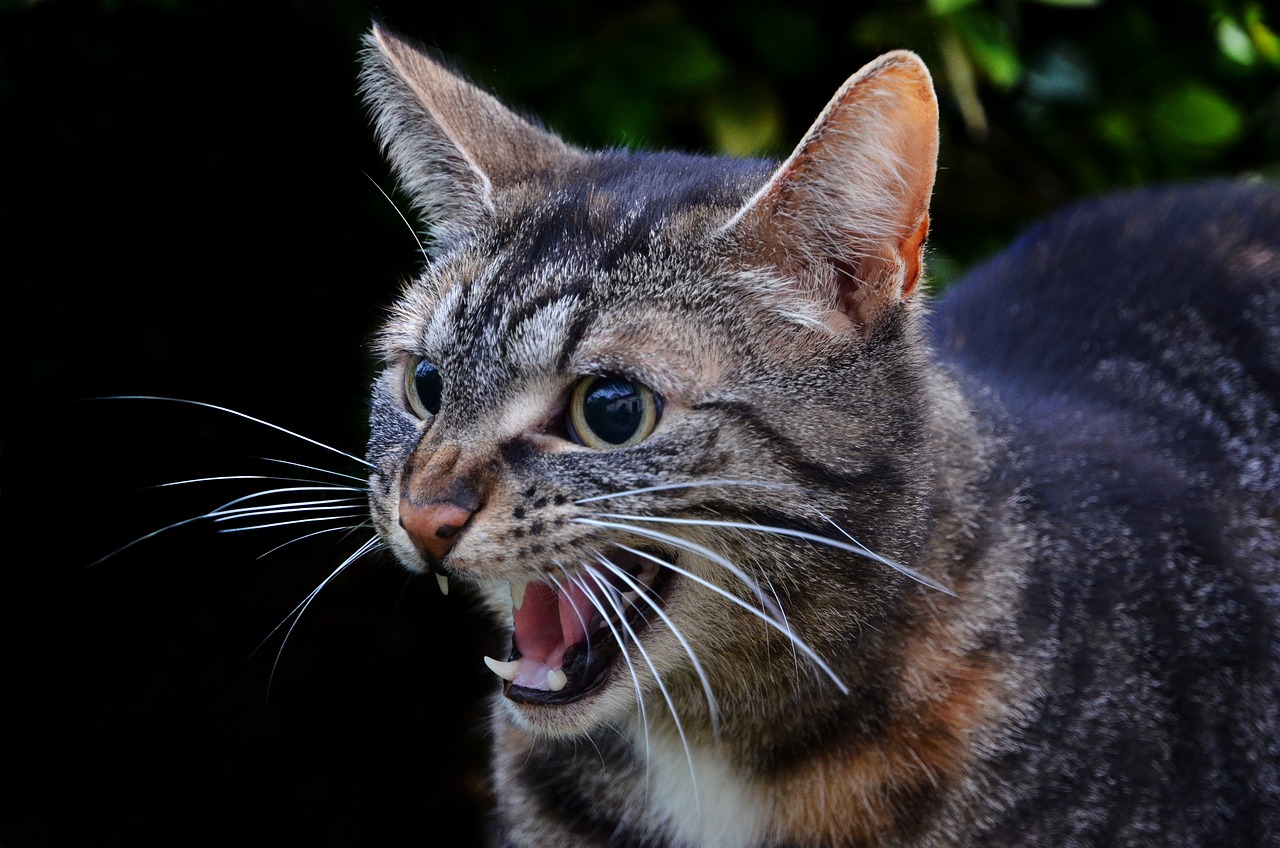The most frequent thing we think of when we think of a cat is precisely its meow. It is normal for people to associate a cat with its meow, but the reality is that this is a rather peculiar mechanism of domestic felines. What we mean is that cats do not usually use meowing to communicate with each other. In fact, cats’ meowing is a way they use to communicate with people.
For anyone who lives with a cat, interpreting its meow can be a way to improve the relationship with the kitty. Find out all about these sounds here.
Interpreting cat meowing
Cats are very expressive animals and their body and vocal language gives us a lot of information about their mood. Meowing is one of the most characteristic sounds of cats and one of the most common forms of communication.
Meowing can tell us a lot about what the cat is trying to communicate. For example, a soft, prolonged meow may indicate that the cat is happy and seeking attention. A louder and shorter meow may mean that the cat is angry or stressed. A high-pitched, rapid meow may indicate that the cat is frightened or on alert.
In addition, the tone of the meowing can also give us information about the cat’s mood. A low, deep meow may indicate that the cat is relaxed and content, while a higher-pitched, shrill meow may mean that the cat is angry or frightened.
However, it is necessary to know that some studies assure that the greater the coexistence between cats and people, the greater the understanding of the different meows of the cats. In fact, many people who live with cats can understand what their kitty wants to tell them just by listening to its peculiar meow.
Types of meows
Some researchers have been able to detect which are the most common sounds cats make to their caregivers and their characteristics. For example, one of the most common is the meowing call. Through this sound, the cat is asking for something from its caregiver. This can be food, care or something else. In general, the cat will make a louder and more insistent sound than other meows.
In the face of a threat, the cat may meow. In this case, the sound is usually low and sustained. It can become a warning sign. In addition, it can be directed at intruders, other people and even animals.
Short, but quickly repeated meows can indicate that a cat is anxious or excited. For example, when you are waiting for your lunch break. On the other hand, it is advisable to be alert if it emits very sharp and loud sounds. In these types of cases, they could be indicators to announce that your cat is going through stress, fear or even physical pain.
Image courtesy of https://pixabay.com, all rights reserved.








